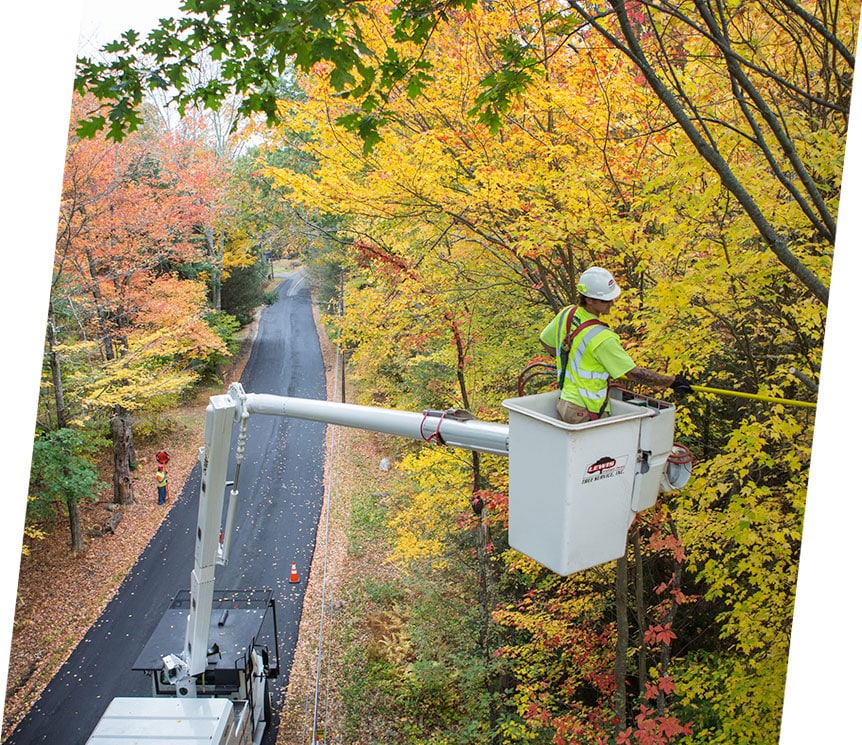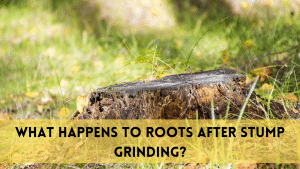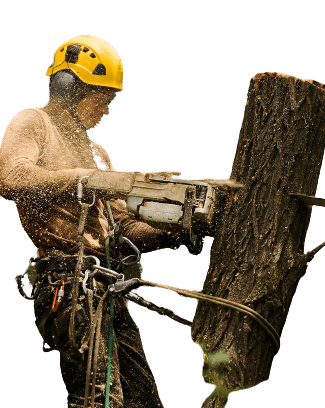Should I cut off brown palm leaves?
Palm palms are renowned tropical beauty icons, oozing elegance and liveliness in settings. The advent of brown leaves on these towering palms, on the other hand, might cause anxiety among plant aficionados and homeowners alike. Understanding the complexities of whether or not to trim or remove these discolored leaves is critical to preserving the health and appearance of palm trees.
In this detailed guide, we answer the question that many people have: Should I chop off brown palm leaves? We investigate the fundamental causes of brown leaves, shed light on monitoring leaf health, suggest appropriate steps to take, and consider the environmental ramifications. By the conclusion, readers will have a better understanding of the best techniques for palm tree preservation.
Identifying Brown Palm Leaves
Identifying brown palm leaves is critical for determining the health of a palm tree. These leaves appear on the palm frond in a variety of shapes and sizes. They may first show as discolored spots, beginning at the leaf tips and gradually spreading throughout the surface, converting into a brownish tint. Browning can range in intensity from light brown to dark brown, suggesting differing degrees of stress or injury.
Inspecting the underside of the frond also exposes evidence of discoloration or browning, which may indicate insect infestation or illness compromising the health of the leaves. A close inspection of the leaf surface for changes in texture, such as wilting or brittleness, assists in determining the level of damage to the palm leaves.
By paying close attention to these unique characteristics and differences in brown palm leaves, homeowners and garden enthusiasts may quickly assess the status of their palm trees, allowing them to make educated judgments on suitable care and maintenance procedures.
Causes of Brown Palm Leaves
Brown palm leaves frequently indicate underlying difficulties harming the tree’s health. Several causes contribute to this discoloration, necessitating attention to the fundamental cause.. Environmental pressures like high temperatures, poor irrigation, or soil shortages are common causes of brown foliage. Leaf discoloration can also be caused by a lack of sunlight or by overexposure to direct sunlight.
Furthermore, diseases such as fungal infections or insect infestations, notably mites and beetles, contribute significantly to palm leaf browning. Nutrient deficiencies, especially in important minerals like magnesium or potassium, can produce discoloration in leaves, harming their overall health.
Palm leaves can be damaged by improper trimming processes or mechanical damage, such as from improper handling or accidents, resulting in brown or withered areas. It is difficult to determine the causes of brown palm leaves.
Nutrient shortages, particularly in key minerals such as magnesium or potassium, can cause discoloration in leaves, affecting their general health.
Inappropriate pruning procedures or mechanical damage, whether from inappropriate handling or collisions, can hurt palm leaves, resulting in brown or withered regions. Identifying the causes of brown palm leaves is critical for executing focused treatments and adopting suitable care practices to restore the tree’s health and vitality.
Should I Remove Brown Palm Leaves?
The choice to remove brown palm leaves is influenced by a variety of factors linked to the palm tree’s health and appearance. In general, removing brown leaves improves the beauty of the tree. The need to remove these leaves, however, is mostly determined by the level of browning and the underlying causes of the discoloration.
If the brown leaves are sparse and only affect the lower fronds, they can be cut without harming the tree’s health. However, if a significant number of leaves show browning or if it reaches to the top canopy, it might suggest a more serious underlying problem. Before opting to remove the damaged tree, it is critical to analyze its general health and discover the source of the discoloration.
Prompt removal of significantly brown or withered leaves avoids potential problems such as attracting pests or illnesses and impeding the healthy establishment of new fronds. However, before removing brown palm leaves, a professional arborist should be consulted.
Trimming Brown Palm Leaves
Trimming brown palm leaves is an important part of palm tree management, since it contributes to the tree’s health and aesthetic appeal. Pruning brown fronds has several reasons, the most important of which is to help in the regeneration and general growth of the palm. However, it is critical to use caution and precise pruning procedures to avoid inflicting more damage to the tree.
Begin by identifying the damaged leaves and trimming them carefully using sterilized pruning tools. It’s best to clip the brown leaves close to the trunk to avoid damaging the good foliage. Avoid removing green or healthy fronds, since they contribute greatly to the tree’s life.
Regular, judicious cutting of brown palm leaves improves air circulation and sunshine exposure for the remaining foliage. This technique promotes growth.
Always prioritize caution and consider seeking guidance from professional arborists or horticulturists for effective and safe palm tree maintenance techniques.
Environmental Impact
The environmental influence of brown palm leaves goes beyond simply aesthetics, altering the ecosystem in a variety of ways. Brown leaves on palm trees can indicate underlying ecological imbalances caused by stress, illness, or nutritional deficits.
Brown leaves suggest probable problems in the tree’s habitat. Excessive dark foliage, for example, might indicate a nitrogen imbalance in the soil or improper watering techniques. This impairs the tree’s ability to photosynthesize, limiting its ability to absorb carbon dioxide and release oxygen.
Furthermore, keeping brown leaves on palm trees might attract pests and diseases, potentially damaging nearby vegetation. It can also impair the visual appeal of the landscape, affecting property aesthetics and, in certain situations, property value.
To summarize, while brown palm leaves may appear to be a small issue, their existence might indicate bigger environmental difficulties that affect not just the particular tree but also the surrounding ecosystem. Addressing these issues benefits not just the palm’s health but also the broader environmental balance.
FAQs
1. What causes the browning of palm leaves?
Environmental stresses such as excessive temperatures, poor irrigation, nutritional shortages, diseases, pests, or mechanical damage can all cause brown palm leaves.
2. Should I get rid of the brown leaves on my palm tree?
The removal of brown leaves is dependent on the level of browning and the general health of the tree. Although a few brown leaves at the bottom can be clipped, extensive browning may suggest larger problems.
3. Can excessive trimming result in brown leaves?
Excessive trimming or removal of healthy leaves might stress the tree and result in brown leaves. To avoid this, proper trimming methods are essential.
4. What can I do to avoid brown palm leaves?
Regular watering, adequate fertilizer, right pruning practices, insect and disease management, and soil health maintenance may all help.
5. Are brown palm leaves damaging to the tree?
While brown leaves detract from the appearance of the tree, their removal can help to reduce insect attraction and disease transmission, which benefits the tree’s health.
Conclusion
Finally, dealing with brown palm leaves is critical not only for the tree’s visual appeal but also for its general health and the environment. Brown leaves frequently indicate underlying difficulties such as stress, illnesses, nutrient inadequacies, or environmental imbalances, all of which have an affect on the palm’s vigor. Regular watering, enough fertilizer, careful pest and disease control, and proper pruning procedures all play important roles in avoiding and maintaining dark leaves. Proactive actions and timely interventions can promote healthy development and reduce the dangers associated with browning.




